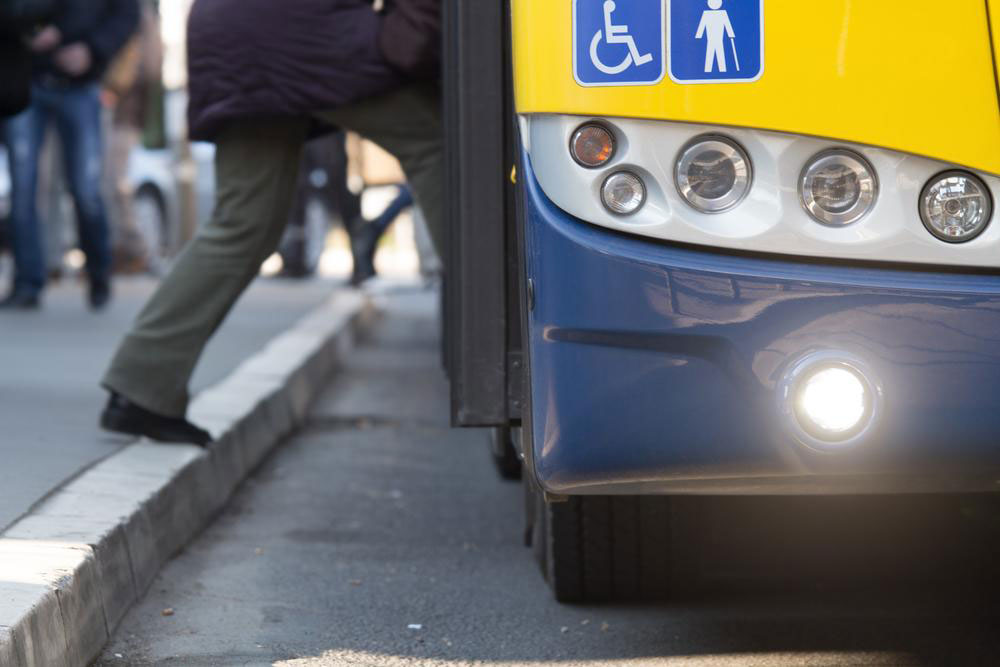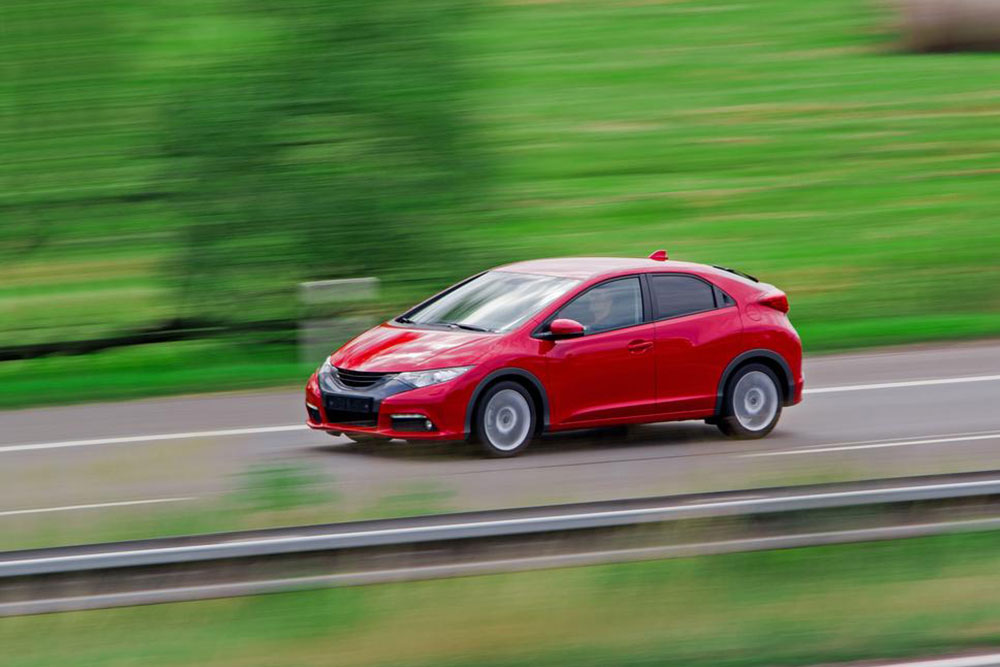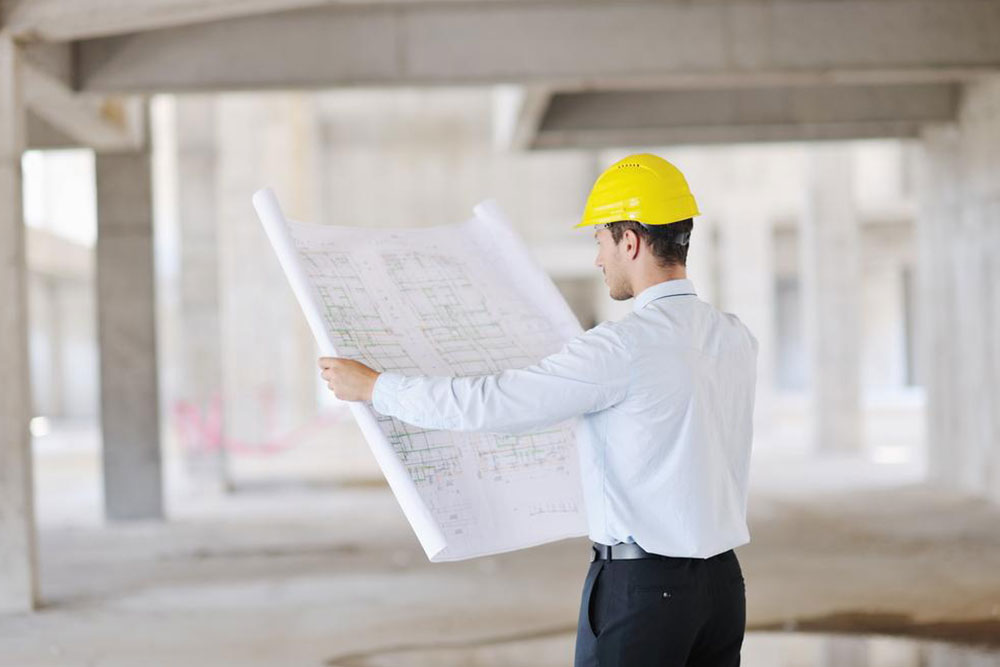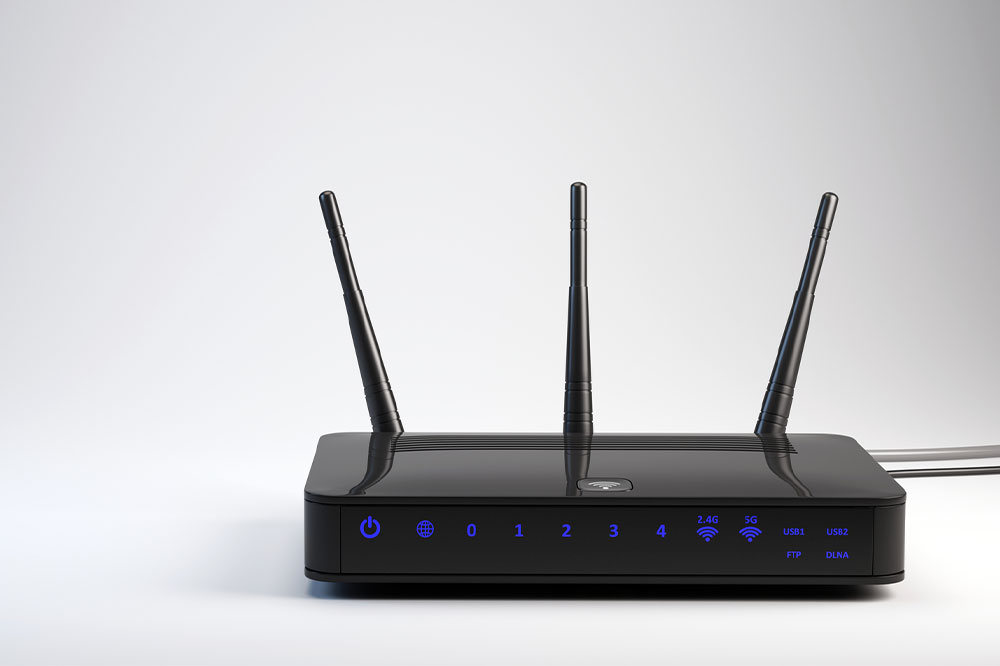Top 3 Cities Leading the Way in Public Transit Excellence
Explore how Washington D.C., San Francisco, and Boston stand out for their exceptional public transportation systems. From extensive subway networks to historic cable cars, these cities set benchmarks for urban mobility, offering residents and visitors reliable, efficient, and sustainable transit options that reduce congestion and pollution. Discover what makes their transit systems exemplary and learn how innovative planning and technology continue to improve urban transportation experiences worldwide.

Leading Cities Excelling in Urban Public Transportation Systems
Public transit plays a crucial role in modern urban life, serving as a vital backbone for city mobility, reducing traffic congestion, and promoting sustainable transportation. While many metropolitan areas face persistent challenges like overcrowding, traffic delays, and inefficient routes, a select group of cities have implemented innovative and reliable public transportation systems that set industry standards. These cities demonstrate how investment, planning, and technology can culminate in transit networks that efficiently meet the needs of millions of residents and visitors alike. In this comprehensive overview, we delve into three such outstanding cities recognized for their superior public transit infrastructure and services.
Washington, D.C.
Washington D.C., the nation’s capital, exemplifies a city where public transportation is integral to daily life. The Washington Metropolitan Area Transit Authority (WMATA) manages an extensive network that includes the iconic Metro subway system and a sprawling bus fleet. The Metro system, characterized by its extensive lines and frequent service, handles over 200 million subway trips annually, serving as the primary means for commuters traversing the city and its suburbs. The bus network complements the subway by providing coverage in areas not served by the rail lines, with approximately 130 million bus rides recorded each year.
This integrated transit system is a testament to urban planning and investment, designed to accommodate high population density and alleviate traffic congestion. Accessibility features, modernized stations, and frequent service hours make the D.C. transit system a model for urban mobility, reducing the dependence on personal vehicles and fostering environmentally sustainable transportation solutions. Moreover, technological innovations, such as real-time tracking apps and contactless payment options, enhance passenger experience, ensuring reliability and convenience.
San Francisco, California
San Francisco’s public transportation system offers a blend of historic charm and modern efficiency. The city is famous for its historic cable cars, which not only serve as a tourist attraction but also function as a vital part of the urban transit network. Despite the limited number of these iconic lines—originally 23, now fewer—they symbolize the city’s rich transit history and ongoing commitment to mobility innovation. Today, most San Francisco residents rely on a comprehensive combination of bus routes and the Bay Area Rapid Transit (BART) system to navigate the city and surrounding regions.
BART, established to link San Francisco with neighboring cities, carries over 220 million passengers annually, extending across urban, suburban, and regional areas. Meanwhile, the bus system provides flexible, localized transit options, with a focus on dense neighborhoods and key commercial districts. The city’s transit agencies have continually invested in infrastructure upgrades, including modernized stations, cleaner and electric buses, and improved safety measures. Digital ticketing, real-time updates, and integrated transit apps contribute significantly to the ease and reliability of daily commutes. These innovations ensure that residents and tourists enjoy smooth transit experiences, reducing road congestion and promoting sustainable urban living.
Boston, Massachusetts
Boston stands out with its mature and well-connected public transportation network, managed by the Massachusetts Bay Transportation Authority (MBTA). Known colloquially as the "T," the system comprises five subway lines, numerous bus routes, commuter rails, and ferry services. The system’s extensive coverage network facilitates approximately 390 million rides each year, making Boston one of the most interconnected and transit-friendly cities in the United States.
The subway network’s strategic layout connects key employment hubs, educational institutions, historic neighborhoods, and recreational areas, making it incredibly accessible for daily commuters. Boston Transit’s focus on reliability, safety, and user experience has helped maintain high ridership levels. Modernization projects, such as upgraded stations, new rolling stock, and improved scheduling, have contributed to a seamless transit experience. Compact city design paired with an excellent public transit system makes Boston a preferred destination for environmentally conscious travelers and residents seeking efficient urban mobility options.
These three cities exemplify how strategic investments in public transit infrastructure, technology, and service quality contribute to urban livability and sustainability. Residents benefit from less traffic congestion, lower pollution levels, and more accessible city amenities, while visitors enjoy the convenience of reliable transportation options. As cities worldwide expand their transit networks, the examples set by Washington D.C., San Francisco, and Boston serve as benchmarks for urban planners and policymakers aiming to create efficient, green, and user-friendly public transportation systems. Such cities demonstrate that well-designed transit infrastructure can profoundly improve the quality of urban life, foster economic growth, and promote environmental sustainability for generations to come.





